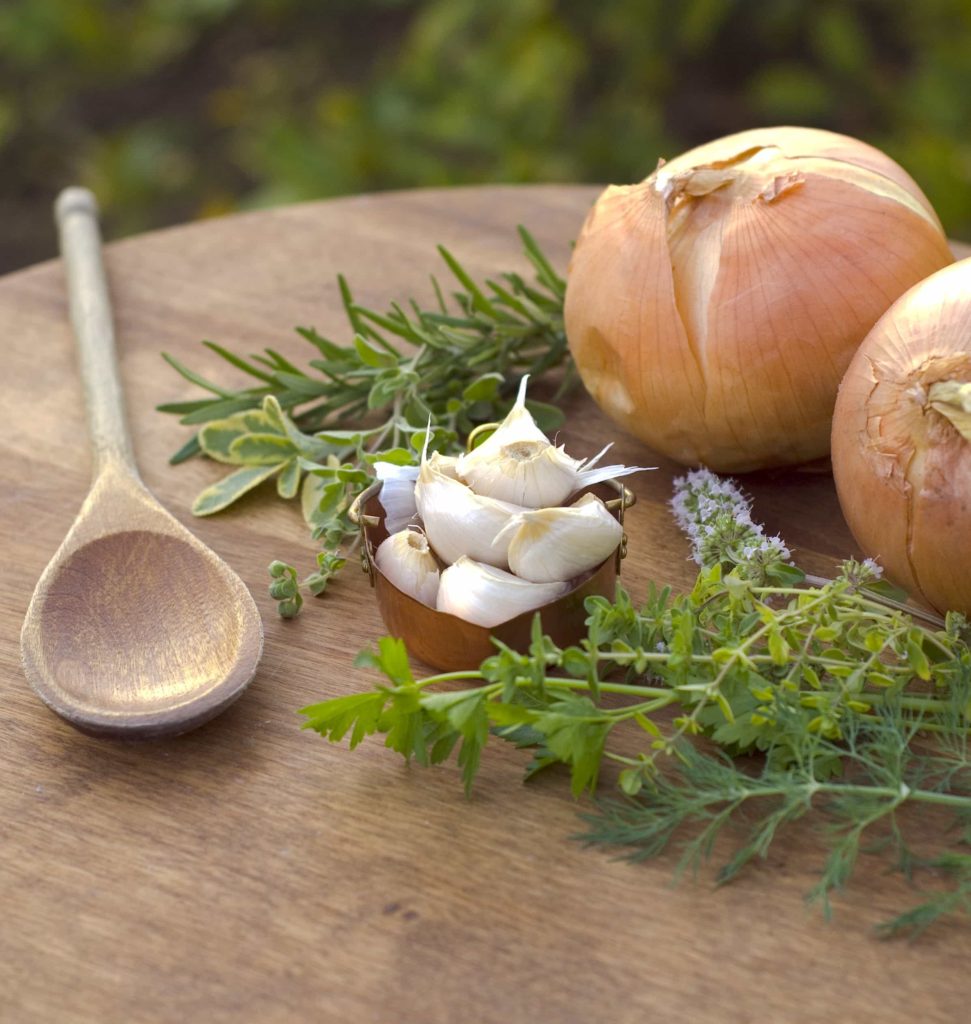
Nonna Cures: Traditional Italian Folk Remedies for Colds and Flu
Italian Home Remedies and Health Tips to Combat Influenza, Colds, and Other Everyday Ailments
If there’s one thing that can throw a wrench in your daily activities, it’s getting sick. From a simple cold to flu, being sick can be a real pain. Luckily, there are many home remedies that clear illnesses up in no time.
Italy is awash with a variety of effective natural folk cures developed before the era of modern medicine. This article will cover some of the most popular traditional Italian remedies from Nonna (Grandma) to help you cure your cold, flu, and other ailments.
Then, we will go over simple phrases you can use to let an Italian know you are sick if you ever find yourself looking for a doctor in Italy!
Without further ado, Andiamo (Let’s go)!
Italian Cold Remedies
The common cold can be tricky to deal with and fully get rid of. It can cover a lot of ground in terms of how it affects you, from sore throats and coughing to congestion and fatigue. Luckily there are a couple of Italian home remedies that deal with colds effectively.
Let’s look at these remedies below!
1. Homemade Herbal Tea Blends to Fight Colds
Drinking tea is a great way to warm you up so you can get over a cold quickly. In addition, there are a variety of vitamins and antioxidants that support your immune system in herbal tea.
You should mix different herbs into your tea to improve its effect — here’s a list of common herbs used in Italian home remedies:

- Thyme: Provides relief to the respiratory system. Calms coughs and soothes sore throats.
- Sage: Contains antibacterial properties. Best for sore throats and mouth inflammations.
- Mint: Contains menthol. Acts as a decongestant. Soothes sore throats and dry coughs.
- Rosemary: Contains iron and calcium. Alleviates muscle pain and boosts the immune system.
Treat yourself to a mug of handcrafted herbal tea next time you get a cold. And feel free to add a dash of honey if you’d like to sweeten the brew.
2. Crushing & Eating Fresh Garlic
Garlic not only spices Italian food but can fill your body with powerful antibacterial agents to fight your cold.
Eating garlic fresh from the clove is a great Italian home remedy that also doubles as a decongestant when you are feeling stuffy.
The key is ensuring that you eat the garlic right after you crush it to get the most out of its healing properties!
3. Sipping Hot Wine
We saved the best Italian home remedy for last.
Although too much alcohol is known as harmful to the body, a small amount of wine can keep you from getting sick. Especially when it is hot wine!
How does wine help fight viruses and colds?
Wine actually contains anti-inflammatory properties that work against the activation of viruses that may prompt a cold to appear. That is why you will find Italians drinking mulled wine, or Vin Brule, when trying to decongest and push through a cold.
Although its purpose is more preventive than healing, we couldn’t go by without mentioning how the Italians feel about wine’s more healthy attributes!
Nonna’s Preventative Measures to Help Keep You From Getting Sick
Italians can be more concerned with preventing sickness than they are curing it.
Avoiding a burst of wind, for example, is one of the more interesting Italian folk beliefs. Italians will make an effort to avoid breezes and dramatic changes in temperature to avoid getting sick.
This comes from their belief that switching from one temperature or climate to another can lower their defense system.
Some Italians even go as far as wearing extra layers of clothing just to assure a breeze can’t hit them directly. If you don’t put on an extra jacket, Nonna will make sure you take one on your way out the door no matter what the temperature outside is!
Italian Home Remedies for Other Everyday Ailments
In addition to the cold and flu remedies that Italians swear by, they also have home cures for stomach pains, earaches, and toothaches. Let’s review some of these below.
1. Lemon for Upset Stomach
This is a classic home remedy that Italian Nonnas always offer in times of stomach discomfort.
The acidity and other nutrients in lemon can help cleanse the stomach of fats and alcohol and neutralize bile acids.
2. Onions for Earaches
For common earaches, Onions have been a great Italian remedy to dissipate pain and irritation.
Warming a cut onion in hot water and then placing it over your ear releases a natural chemical called allicin, which reduces ear pain.
3. Brandy for Toothaches
Toothaches are a pain to deal with.
The answer to them comes in one of the more enjoyable forms of Italian folk medicine.
Brandy.
Giving your mouth a rinse with the distilled wine to disinfect the area of pain and relieve the ache.
Not a bad way to get rid of the discomfort!

Basic Italian Phrases to Know When You Are Not Feeling Well
With all this talk about cures in Italian culture, it is important to know some words and phrases to communicate how you are feeling in Italian.
- Sono raffreddato/a = I have a cold (male or female ending)
- Ho mal di gola = I have a sore throat
- La tosse = a cough
- Ho mal di testa = I have a headache
- Ho mal di panica = I have a stomach ache
- Ho preso l’influenza = I’ve got the flu
- Sono malato = I’m sick or unwell
- Ho bisogni di riposarmi = I need to rest
Having these phrases and cures in mind the next time you find yourself in Italy might just get you out of a bind and back to enjoying your stay in no time!
Ready to Learn Italian?

Pimsleur’s Italian course will let you speak right from the start! Start talking to your Nonna in Italian today with a free 7-Day trial of Pimsleur Italian, and 50 more languages!
No Comments for "Nonna Cures: Traditional Italian Folk Remedies for Colds and Flu"